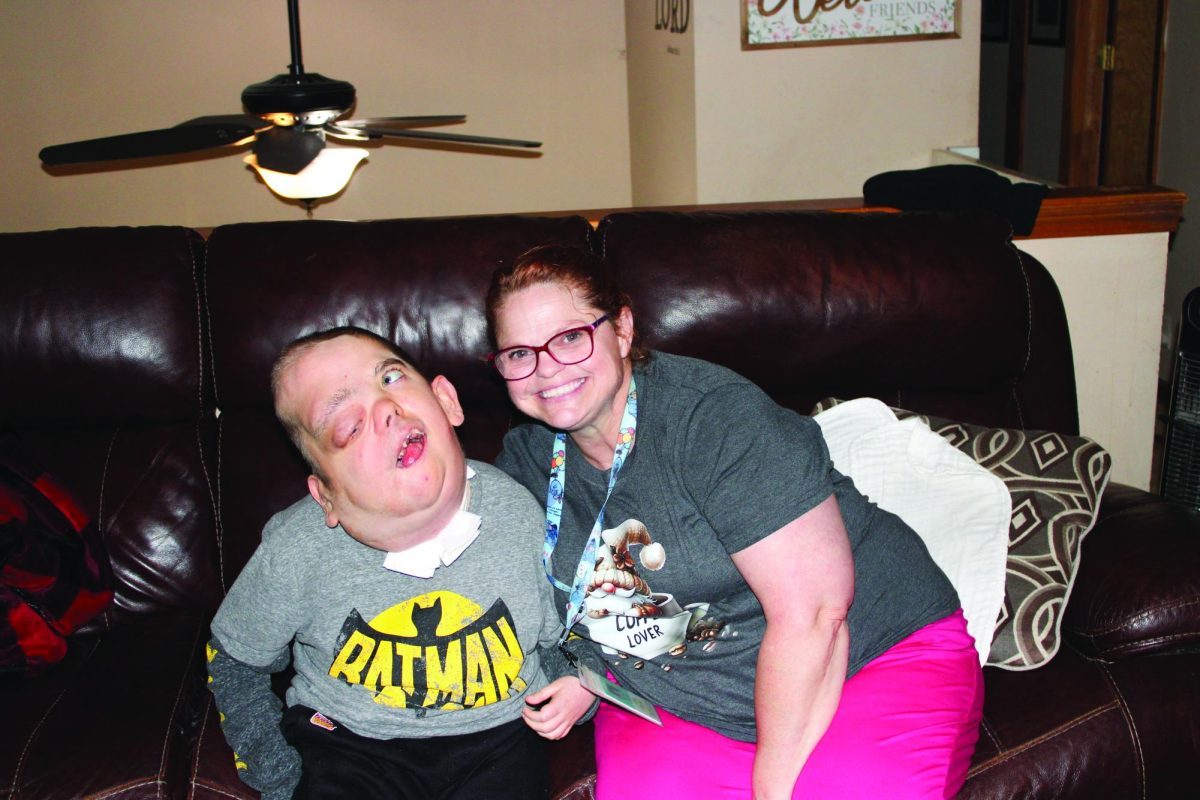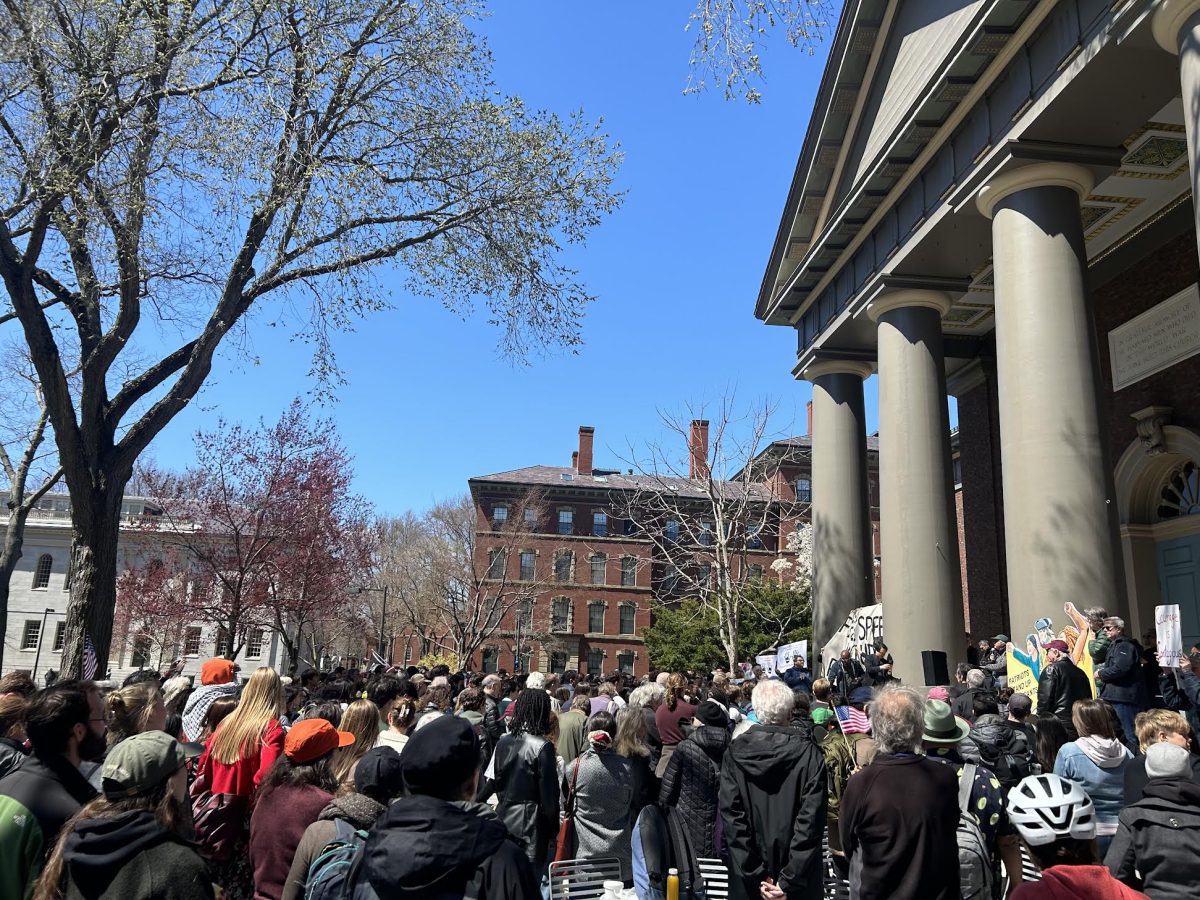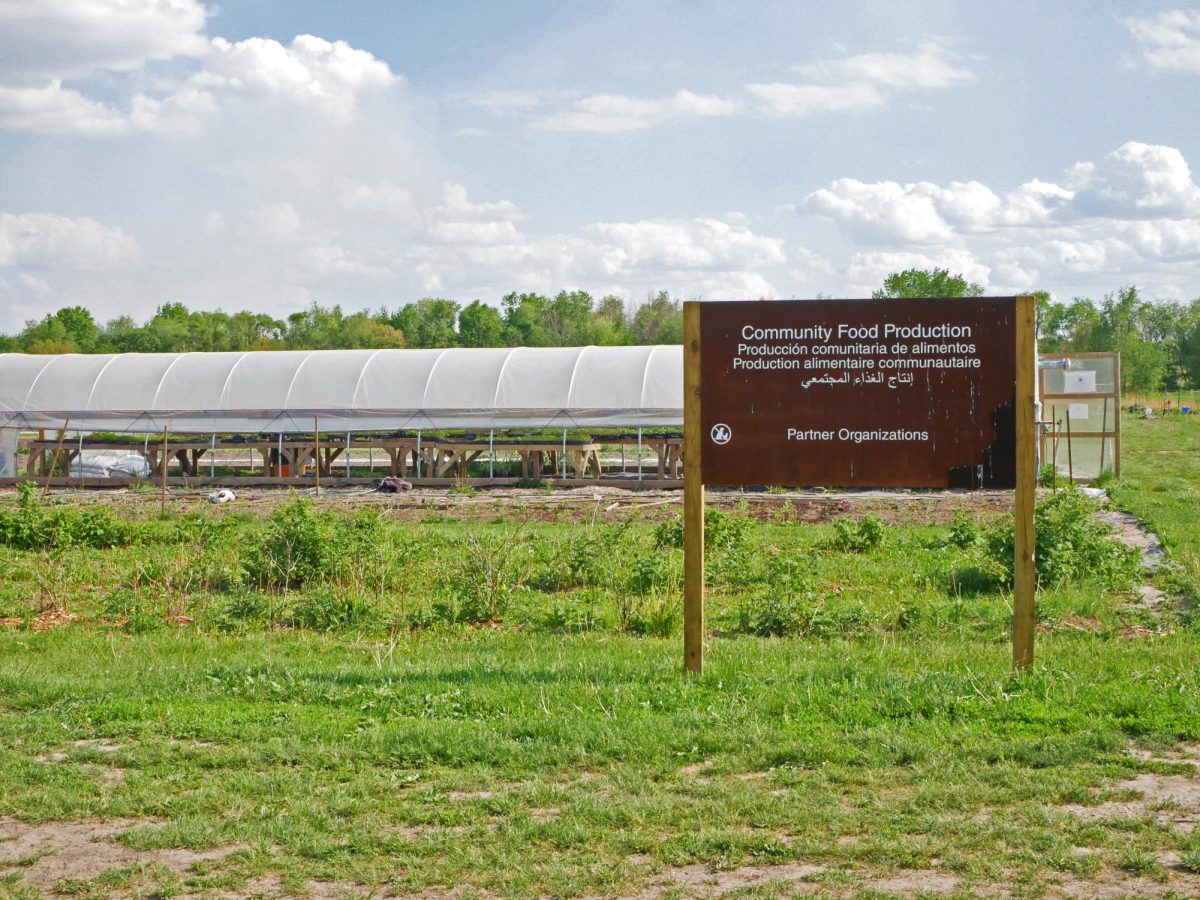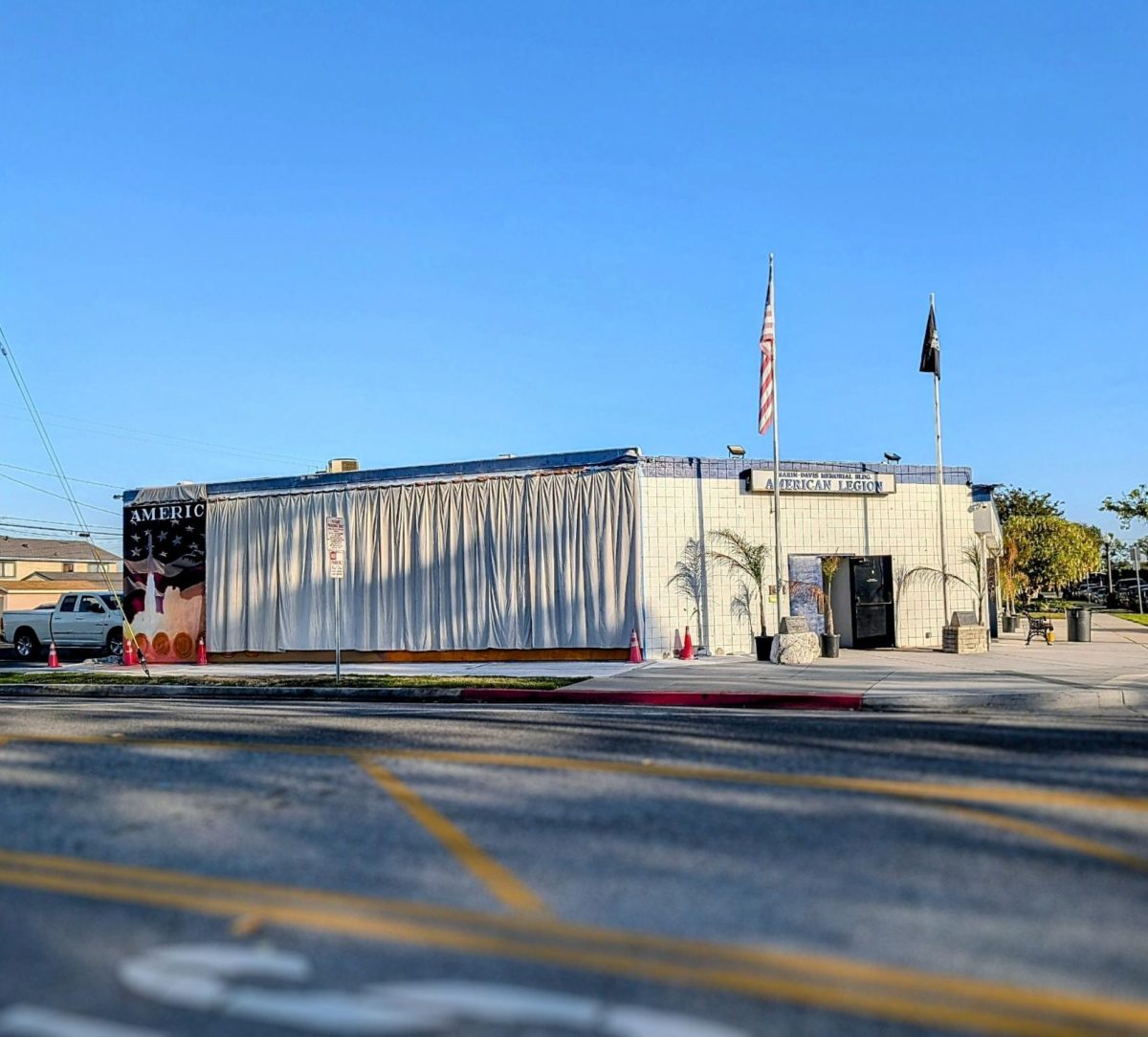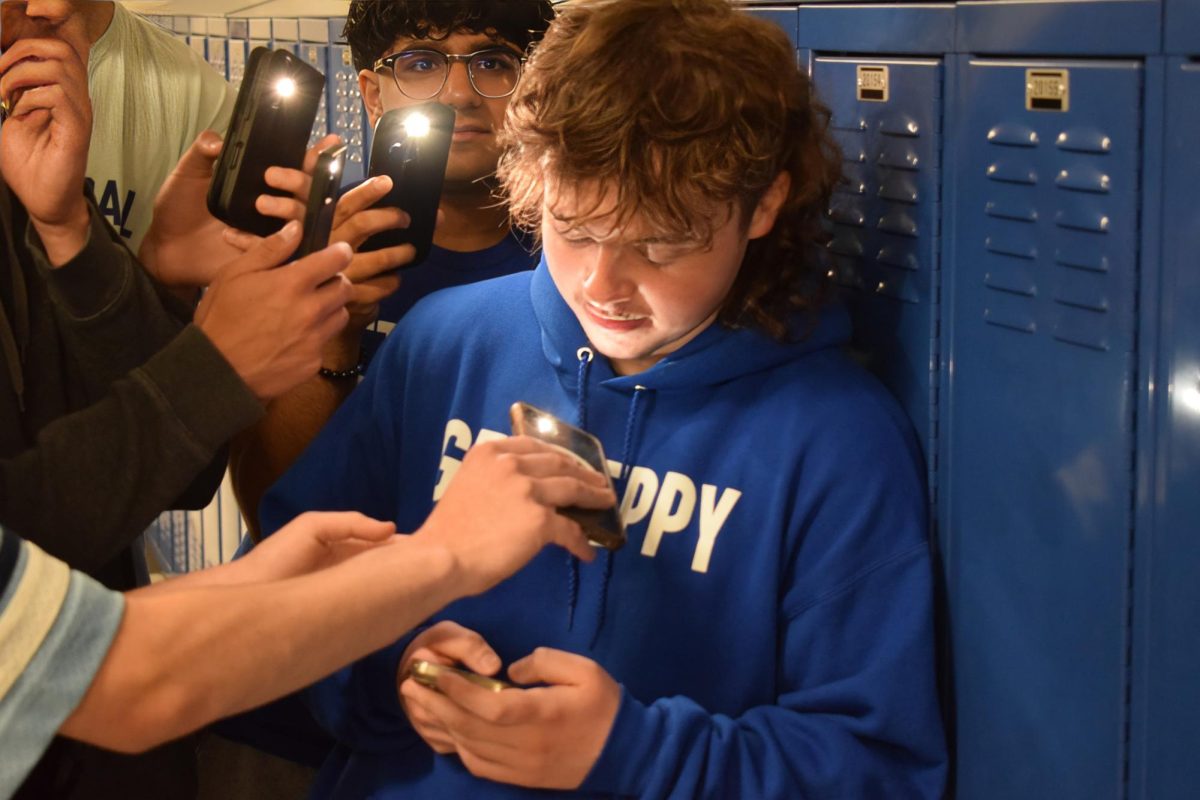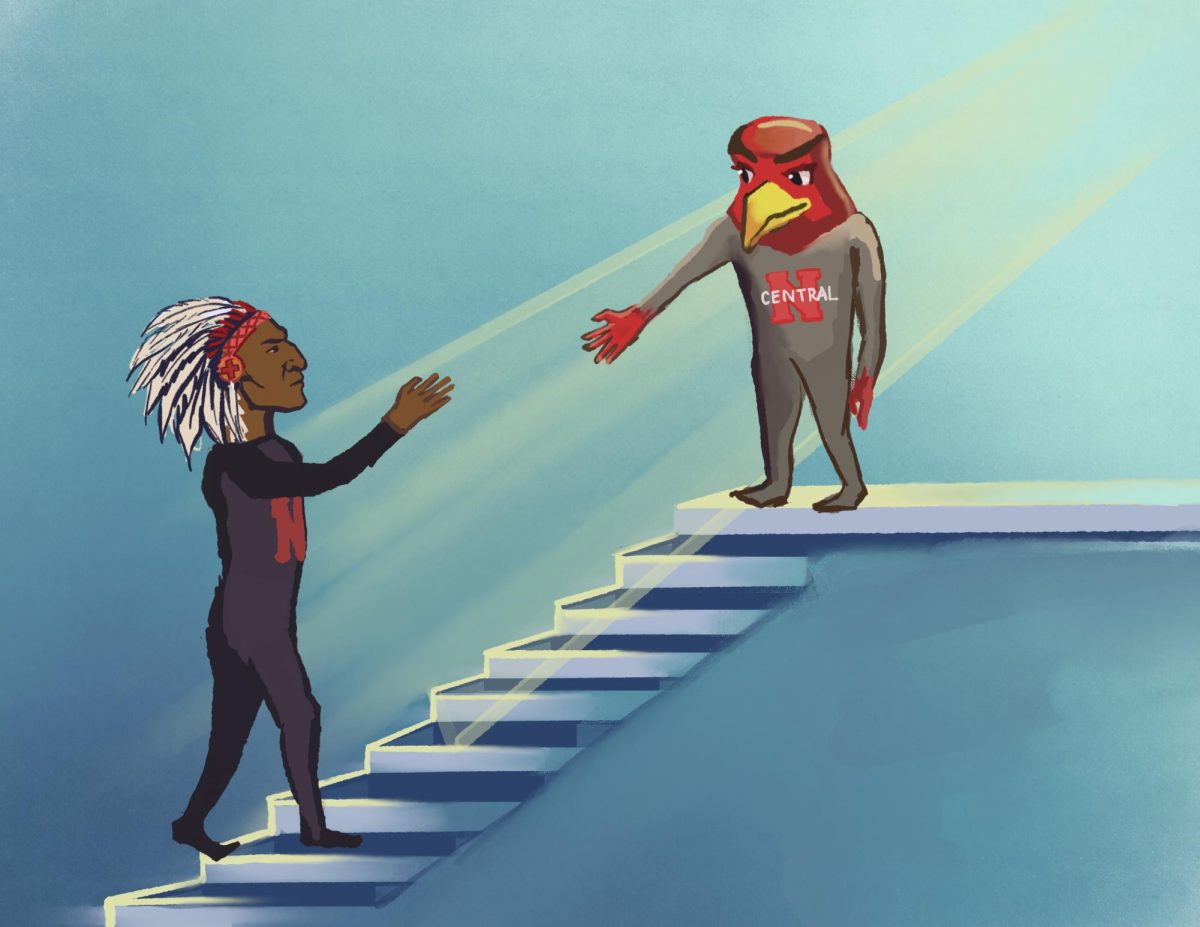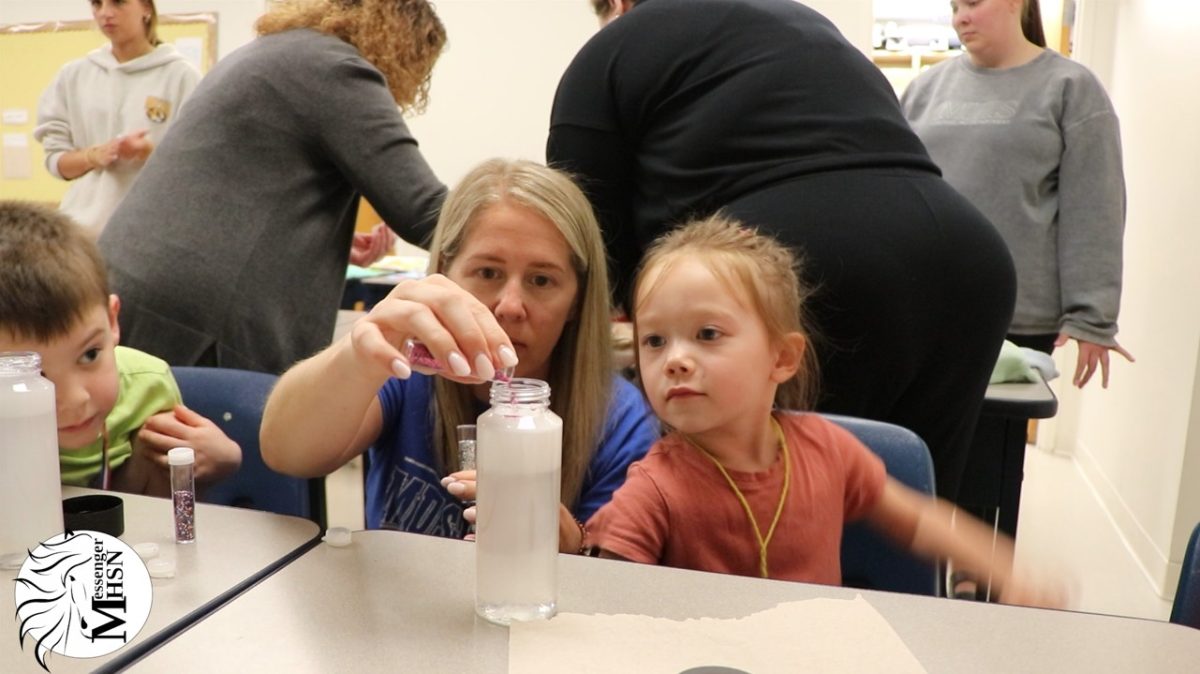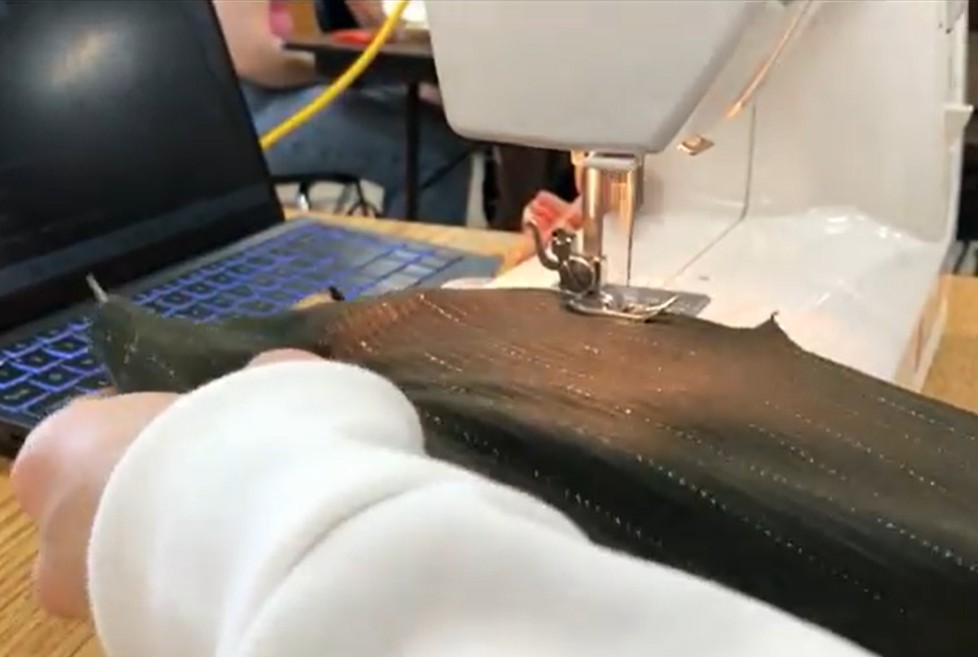*Content Warning: This article contains mentions of drug overdose and death.
After obtaining a multi-million dollar grant from the Centers for Disease Control and Prevention (CDC), the Santa Clara County Board of Supervisors unanimously approved a new plan to address the opioid crisis in the area. The plan increases services available to combat opioids, such as fentanyl, through public awareness campaigns promoting overdose and poisoning prevention measures and providing information on important medication.
This action follows a CDC grant the County of Santa Clara Public Health Department received months earlier for $11 million to further drug overdose prevention. The grant, which came from a broader CDC effort against overdose, would allow community and health systems to collaborate and collect more data on the issue, provide harm reduction supplies and education, enhance public awareness, and connect people with treatment.
These services will be provided for the 15 cities of Silicon Valley that saw a tremendous increase in fentanyl overdoses in the past year. According to the County of Santa Clara, overdose deaths related to fentanyl rose from 17 to 41 from April to May 2023.
However, along with the growing crisis are increased efforts by health organizations–much like those of Santa Clara County—to tackle the issue.
One such organization is the California Department of Health Care Services (DHCS), which administers California’s Medicaid (Medi-Cal) program. This public health program provides low-cost medical services and addresses specialty substance use disorder (SUD), a condition of uncontrollable use of a harmful substance. Santa Clara County is among the numerous California counties that launched the Drug Medi-Cal Organized Delivery System in 2017.
Through the Medi-Cal program, the DHCS also extends various resources for youth significantly impacted by the substance crisis.
“All youth under age 21 in California are entitled to medically necessary SUD treatment services. County-administered Drug Medi-Cal programs must ensure that Medi-Cal eligible youth can access benefits when medically necessary, even if they reside in a county that has not formally opted into the program,” said Ann Carroll, an information officer at the DHCS Office of Communications.
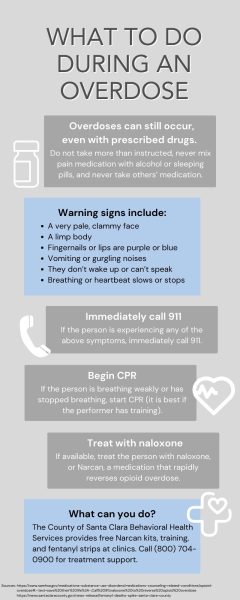
According to the County of Santa Clara Behavioral Health Services, overdose deaths among teens have tripled in the United States in the past two years. Of 106,000 drug overdose deaths in the country in 2021, 70,000 were from fentanyl.
In Santa Clara County alone, youth as young as 12 have been among the 160 fentanyl-related deaths in 2022—a number nearly 15 times more than what it was in 2018.
According to the United States Drug Enforcement Administration (DEA), fentanyl, a synthetic opioid drug used for anesthesia and pain relief, can be approximately 100 times more potent than morphine and 50 times more potent than heroin.
Due to its low-cost production and addictive qualities, drug dealers, especially those on Snapchat or Instagram, sell pills that look like other drugs but are laced with deadly amounts of fentanyl. This drastically impacts the young audience that uses social media.
“All it takes is two milligrams of illicit fentanyl to kill you. That’s two grains of sand. Distributors and manufacturers don’t measure how much fentanyl they’re putting in their products, so some have lethal amounts,” said Rob Walker, father of Colin Walker, a Carlmont senior who died from fentanyl poisoning.
Colin Walker’s story and those of many other families highlight the severity of the fentanyl crisis in the Bay Area and the importance of Santa Clara County’s plan to address it.
In 2021, Colin Walker bought what he thought was cocaine from Snapchat and died from what it really was: five times the amount of fentanyl needed to kill him.
Since then, his family has worked with organizations such as Song for Charlie to spread awareness about fentanyl.
Rob Walker and his wife, Liz Walker, presented to the Carlmont students and plan on presenting with Ed Ternan, co-founder of Song for Charlie, to the Fremont Union High School District and Cupertino Union School District next month.
Drawing from his experience, Rob Walker emphasizes proper fentanyl education for youth.
“When I was young, the big saying was, ‘Say no to drugs.’ That didn’t work. Kids don’t listen to adults, so we’ve changed the ‘no’ to ‘know.’ Know what you’re doing because the days of experimentation and recreational drug use are over,” Rob Walker said.
Regarding Santa Clara County’s new measures, Rob Walker wants more government action to hold social media companies accountable for stopping dealers from getting their products into the market.
“It’s increased awareness that’s needed along with enforcement of the social media companies. After Colin died, the Sheriff’s Department got his phone and access to his social media. Within the first three weeks, they were getting repeated messages from dealers who were in town. The messages were sent with emojis to describe what they were selling—for example, a skier is cocaine,” Rob Walker said.
Following the loss of their son, Rob Walker and his wife are at the front of a fentanyl public awareness campaign. They were given billboard space by Outdoor Billboard around the Bay Area and held a three-month billboard awareness campaign, sharing their son’s story.
“It only takes one pill. One line. As far as we know, Colin had only done cocaine twice, and the second time, it killed him,” Rob Walker said.
For youth in San Jose, a city in Santa Clara County experiencing the same fentanyl crisis, the Board’s new plan is a promising step forward.
“It’s frightening to grow up in an area where fentanyl overdoses are a major concern. I hope to see more awareness and preventative measures taken because kids my age don’t know how to help someone in need,” said Evergreen Valley High School sophomore Kaylee Dang.
Although she has never seen any cases of fentanyl overdose at her school, Dang hopes the new measures by the Board will make access to treatments more accessible in emergencies, increase awareness, and expand the fentanyl conversation.
Like Dang, the fear of losing their youth to the growing threat posed by cheap opioids helped develop a similar comprehensive plan for public education, treatment, and access to overdose-reversing medications in May by San Mateo County.
“The Board of Supervisors held a lengthy study session to learn more about the opioid and fentanyl crisis, what strategies are currently being used to address that crisis, and recommendations for additional measures,” said Dave Pine, president of the San Mateo County Board of Supervisors.
The main themes of Santa Clara County’s plan are very similar; both focus on public awareness and a commitment to protecting their youth.
“Supervisors wanted to see the launch of public education and awareness campaigns, including billboards and targeted messaging toward youth and families in multiple languages, improved data collection to help public health experts identify at-risk areas or populations, and expanded access to life-saving medications as well as test strips that can identify the presence of fentanyl,” Pine said.
San Mateo County continues to collaborate with numerous organizations to work on these action items.
“We are working closely with the County Office of Education to address prevention at its core, especially the mental health needs of our young people. We are in the midst of a months-long strategic planning process to develop a Plan of Action for School-Aged Youth Social Emotional Health,” Pine said.
Although the numbers are concerning, the efforts of Bay Area counties and victims of the crisis are actively finding ways to combat the issue.
For Rob Walker, using the knowledge he gained by looking back and telling that story going forward is most important.
“Know what you’re getting and where you’re getting it from. And if you don’t know, don’t do it because it can kill you,” Rob Walker said.
This story was originally published on Scot Scoop News on September 28, 2023.

